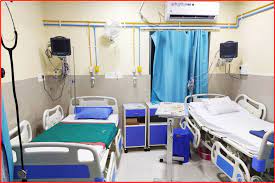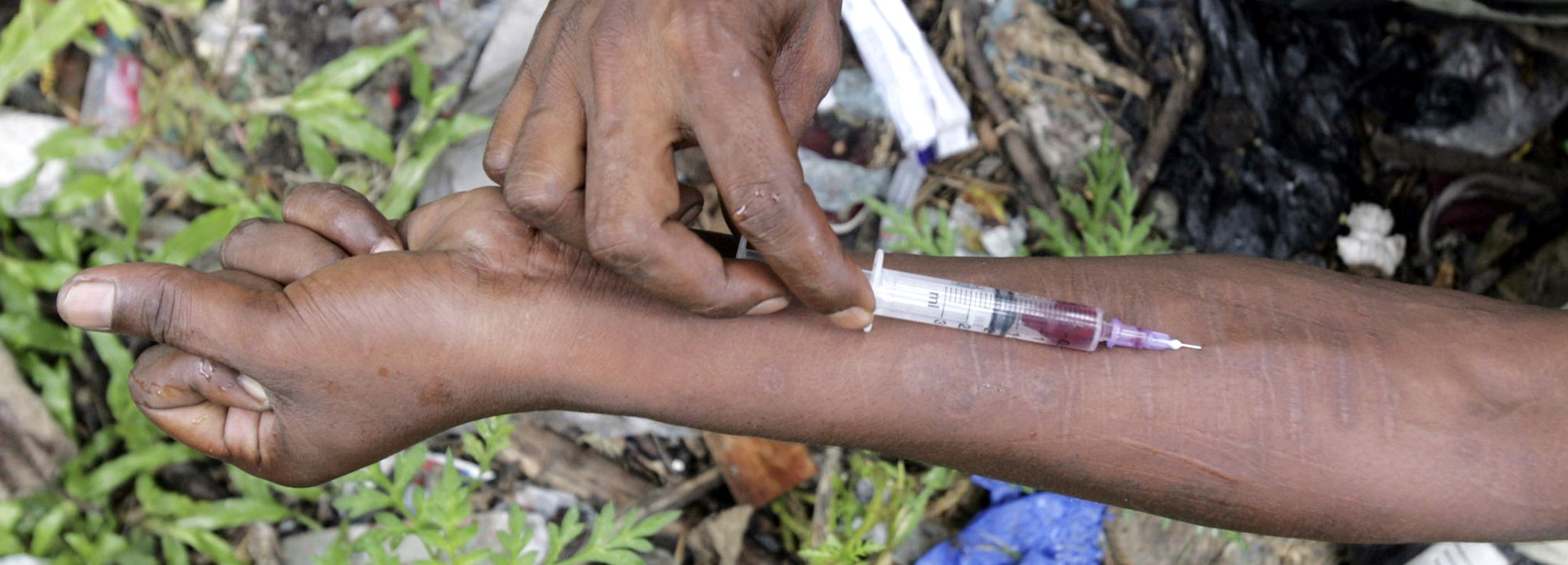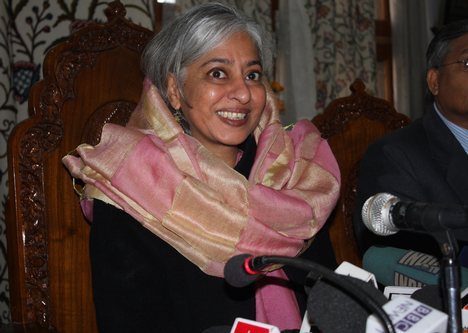Kashmir’s Private Nursing Homes: A Crisis of Care or Commerce?
By: Javid Amin | 06 September 2025
Hospitals or Slaughterhouses?
In Kashmir, when a patient walks into a private nursing home, he does not just walk into a place of healing — he often steps into a trap of exploitation. The institution that promises care and compassion frequently turns into a slaughterhouse of ethics, where the patient is literally skinned alive — not by scalpels, but by bills, commissions, and endless “heads of charges.”
Once admitted, the patient is not guided toward recovery but pushed through a conveyor belt of tests, scans, consultations, and inflated bills, all designed to maximize profit. Behind the white coats and polite smiles, there exists an invisible cartel of doctors, agents, diagnostic centers, and ward staff, each waiting for their share.
As one Kashmiri attendant bitterly put it:
“A patient in Kashmir doesn’t die of disease, he dies of the hospital bill.”
The Business of Illness: How the Trap Works
Step 1: The “Consultant” Trap
The first stop for a patient is the consultant’s chamber. Instead of clinical judgment and empathy, profit becomes the guiding principle. A patient with mild abdominal pain may walk in expecting tablets but walks out with prescriptions for:
-
Blood tests
-
Pathology screenings
-
ECG & TMT
-
2D Echo & CT Scan
-
X-ray & MRI
Each referral is not about medical necessity but about kickbacks. The consultant receives a cut from every lab test and scan prescribed. The more expensive the test, the fatter the cut.
Step 2: Admission by Default
Even for minor cases — gastritis, chest pain, or dizziness — admission becomes the “recommendation.” Why? Because beds generate revenue. Once admitted, the meter starts ticking:
-
Bed charges (often inflated)
-
Room rent (sometimes higher than hotels)
-
Nursing charges
-
Monitoring charges
Step 3: The Hidden Charges Bazaar
Beyond medicines and tests, nursing homes have invented dozens of creative “heads” under which they fleece attendants:
-
Tea for the theater attendant
-
“Shift charges” for ward boys moving a patient
-
“Dressing fees” even for minor bandages
-
Cleaning charges (already part of hospital maintenance)
-
Door opening / porter charges
Every staff member becomes a gatekeeper with his palm stretched out. Patients and families, already broken by illness, give in to humiliation just to ensure care.
Diagnostic Cartel: Where Doctors Become Agents
In Kashmir’s private sector, many doctors have stopped being healers. They now function as agents for diagnostic centers and pharmaceutical companies.
-
The more tests ordered, the bigger the commission.
-
The more expensive the medicine prescribed, the bigger the incentive.
-
Branded drugs are pushed over affordable generics because of kickbacks.
A well-known Srinagar cardiologist once confessed privately:
“The lab makes ₹4,000 on a test, I get ₹1,000 back. If I send 20 patients a day, you can do the math.”
This system ensures that profit, not patient care, decides medical decisions.
The Human Toll: Families Crushed Under Debt
The consequences of this cartel are devastating.
Case Study 1: The Minor Pain That Became a Major Bill
Rafiqa, a schoolteacher from Budgam, entered a private nursing home with chest discomfort. Instead of routine checks, she was subjected to ECG, 2D Echo, CT scan, and multiple blood tests. Admitted “for observation,” she spent three nights. Final bill: ₹52,000. Diagnosis: Acidity.
Case Study 2: A Delivery That Cost a Fortune
In Anantnag, a woman’s normal pregnancy was turned into a “complicated case.” She was pushed into a C-section unnecessarily. The hospital charged ₹1.2 lakh, while the doctor pocketed incentives from the pharma company for the surgical supplies used.
Case Study 3: Post-Surgery Exploitation
A patient operated for gallstones was charged not just for the procedure but also for “chai for OT staff”, “shift charges”, and “linen cleaning.” His family sold livestock to pay the ₹80,000 bill.
These are not isolated incidents. They form the lived reality of thousands of Kashmiri families every year.
Why Patients Can’t Escape the Trap
-
Lack of Public Healthcare Trust: Government hospitals are overcrowded and under-equipped. Long queues push patients toward private clinics.
-
No Regulation: J&K lacks a strong medical regulation authority. Nursing homes function like unchecked businesses.
-
Patient Ignorance: Families, desperate to save loved ones, rarely question bills or tests.
-
Doctor-Industry Nexus: Pharma reps openly negotiate with doctors for monthly “targets.”
-
Cultural Fear: Questioning a doctor in Kashmiri society is often seen as disrespectful — patients obey blindly.
Ethical Collapse: The Doctor No Longer God
Traditionally, doctors were seen as next to God in Kashmir. Today, that pedestal has collapsed. Increasingly, they are viewed as agents of money-making machines. The more they prescribe, the more famous they become — not for their healing touch, but for their revenue-generating ability.
This ethical decay has turned hospitals into shops and doctors into salesmen. Compassion, empathy, and trust — the core values of medicine — are now rare commodities.
A Parallel Economy of Exploitation
-
Kickbacks: 20–40% commission on each test.
-
Pharma incentives: Foreign trips, gadgets, or direct cash.
-
Hospital profit margins: 200–300% markup on medicines.
-
Extra heads of billing: Adding 10–20% to the final bill.
If Kashmir’s private healthcare is a body, then greed is its bloodstream.
Comparative Lens: Global vs. Kashmir
Globally, medical ethics are enforced by strict regulators. In India too, states like Kerala and Tamil Nadu have introduced clinical establishment laws to monitor private hospitals.
But in Kashmir, regulation is weak, and political patronage protects nursing homes. Many are owned by influential businessmen and even retired bureaucrats. Attempts to check malpractice are often buried under files.
The Way Forward
-
Regulation & Monitoring: A dedicated watchdog to audit bills, prescriptions, and admissions.
-
Transparency in Billing: Standardized rates for tests, procedures, and medicines.
-
Whistleblower Protection: Encourage insiders to expose scams.
-
Public Awareness: Campaigns to educate patients about rights and alternatives.
-
Strengthen Government Hospitals: Reduce pressure on private nursing homes.
-
Digital Audits: E-billing systems that leave no room for manipulation.
Conclusion: Healing or Looting?
Private nursing homes in Kashmir were meant to bridge the gap in public healthcare. Instead, many have turned into slaughterhouses of dignity, where patients are treated as customers to be drained of every rupee.
Illness is no longer just a personal tragedy. In Kashmir’s private healthcare system, it has become a business model. Unless regulators step in, patients will continue to walk into hospitals for treatment — and walk out poorer, humiliated, and broken.
“In Kashmir, the disease is not as dangerous as the hospital that treats it.”
Disclaimer: This article highlights general concerns about private healthcare practices in Kashmir. It is intended for public awareness only and does not target any specific doctor, patient, or institution. Readers are advised to verify facts independently and seek professional medical guidance when required.



